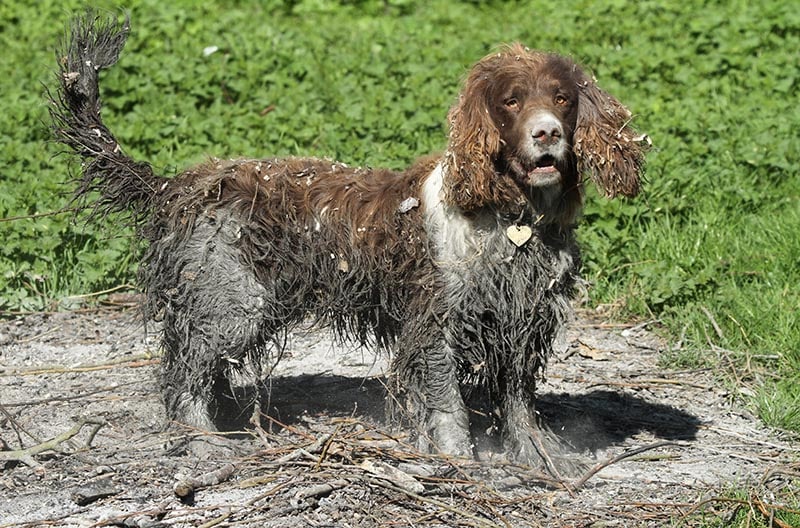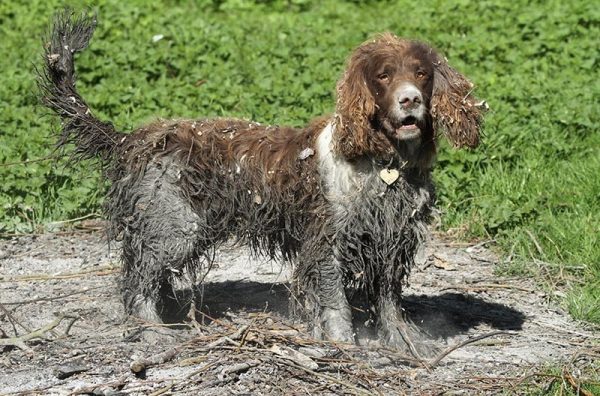Dogs are considered to be one of the most beloved and loyal companions. They are known for their playful and loving nature, and they are always there to offer comfort and companionship.
However, because of their natural instinct to feed their curiosity and explore, there is a common misconception that dogs are dirty animals. The truth is that dogs are not dirty animals especially if proper hygiene and maintenance practices are observed!
In this article, we will explore dog hygiene 101 and dispel the myths about dogs being unclean.
Are Dogs Dirty Animals?
No, dogs are not dirty animals. They can be kept clean and healthy with regular grooming and hygiene practices. However, it is important to note that dogs can carry bacteria and parasites which can be harmful to humans.
It’s essential to wash your hands after handling your dog, especially before eating or preparing food. Additionally, it’s important to keep your dog’s living area clean and sanitized to prevent the spread of bacteria and parasites.
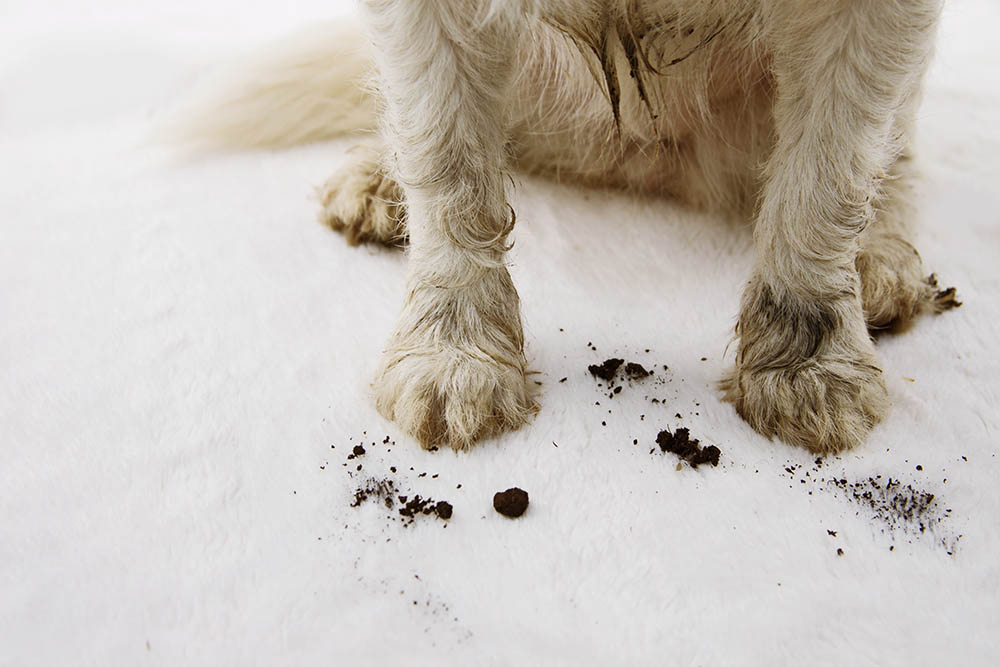
Do All Dogs Have The Same Hygiene Requirements?
No, not all dogs have the same hygiene requirements. The hygiene needs of a dog depend on various factors, including breed, coat type, lifestyle, and health. For example, dogs with long hair require more grooming than dogs with short hair.
Similarly, dogs that spend a lot of time outdoors may need more frequent bathing and ear cleaning than indoor dogs. It’s important to understand your dog’s individual hygiene needs and establish a grooming routine that suits their specific requirements.
Low Maintenance Breeds
Some dog breeds are considered low maintenance and require minimal grooming. These breeds typically have short hair or hair that doesn’t shed much. Despite being considered low maintenance, these breeds still require regular bathing, brushing, and nail trimming, but not as frequently as high-maintenance breeds.
- Beagle
- Boxer
- Doberman Pinscher
- Great Dane
- Boston Terrier
- Italian Greyhound
- Dachshund
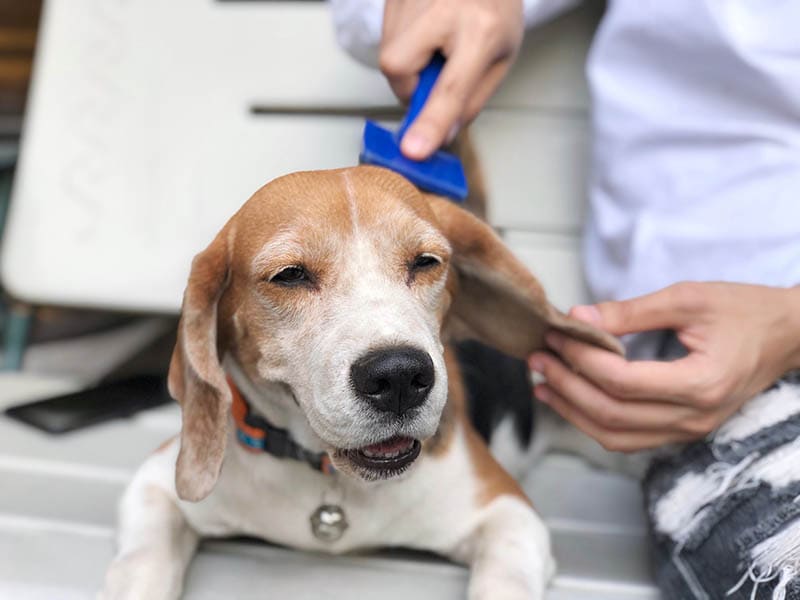
High Maintenance Breeds
In contrast, some dog breeds are considered high maintenance and require frequent grooming. These breeds typically have long hair, curly hair, or hair that sheds heavily. High-maintenance breeds require more frequent bathing, brushing, ear cleaning, and nail trimming than low maintenance breeds. They also require professional grooming every few months.
- Poodle
- Bichon Frise
- Portuguese Water Dog
- Afghan Hound
- English Bulldog
- Puli
Are Hypoallergenic Breeds Considered Cleaner?
Hypoallergenic dog breeds are often marketed as being “cleaner” dogs because they produce less dander, which can reduce the risk of triggering allergies in humans. Take note that being hypoallergenic does not necessarily mean that a dog is cleaner than other breeds.
Dander is a common allergen that is shed from a dog’s skin and coat. Hypoallergenic dog breeds produce less dander than other breeds, which can reduce the risk of triggering allergies in humans. However, even hypoallergenic dogs still shed skin cells and produce saliva and urine, which can contain allergens.
Being hypoallergenic does not necessarily mean that a dog is cleaner than other breeds. All dogs, regardless of breed or hypoallergenic status, require regular grooming and hygiene practices to keep them clean and healthy.
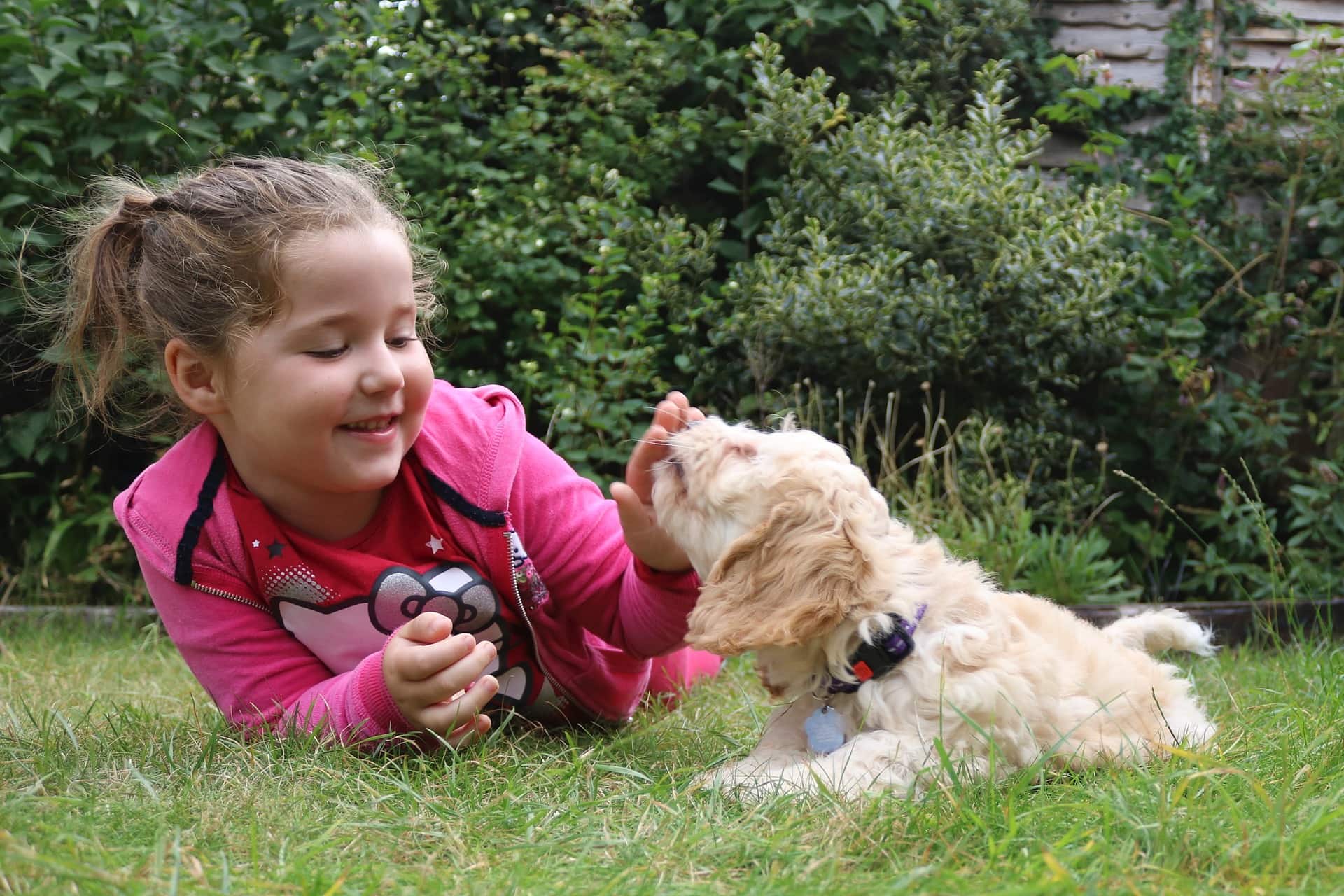
Top 5 Dog Hygiene Tips
Dog hygiene involves proper grooming and keeping your dog clean. Here are a few things to remember to keep your dog clean, fresh, and happy!
1. Bathing Your Dog
One of the most crucial aspects of dog hygiene is keeping your dog clean. Regular bathing is essential to keep your dog smelling fresh and to remove dirt, debris, and bacteria from their coat.
Keep in mind that over-bathing can cause skin irritation and dryness. The frequency of bathing depends on the breed, coat type, and lifestyle of your dog. Generally, it’s recommended to bathe your dog once every 3 months.
If your dog is prone to skin allergies or spends a lot of time outdoors, you may need to bathe them more frequently. Always use a mild dog shampoo and warm water when bathing your dog. It’s also essential to rinse the shampoo thoroughly to avoid any skin irritation.
Our Favorite Products Selecting the right shampoo and conditioner makes the world of a difference when grooming your pup. Our favorite products are the duo by Hepper. The Oatmeal Pet Shampoo is formulated with aloe and oatmeal to soothe skin and hydrate the coat. The Pet Conditioner works at eliminating tangles and taming frizz and static. Both products are pH-balanced and formulated with pet-friendly ingredients, free of harsh soaps, chemicals, and dyes. Give this duo a try to heal and nourish your dog's coat, and leave them with an irresistible just-left-the-spa cucumber and aloe scent.
At Dogster, we’ve admired Hepper for many years and decided to take a controlling ownership interest so that we could benefit from the outstanding designs of this cool pet company!
2. Brushing Your Dog’s Coat
Brushing your dog’s coat is another crucial aspect of dog hygiene. Brushing helps to remove loose hair, dirt, and debris from the coat. It also helps to distribute natural oils evenly throughout the coat, promoting healthy skin and a shiny coat.
Take note that the frequency of brushing depends on your dog’s coat type. Dogs with long hair require daily brushing, while dogs with short hair can be brushed once a week. Always use a soft-bristled brush while being gentle when brushing to avoid causing any discomfort or pain to your dog.
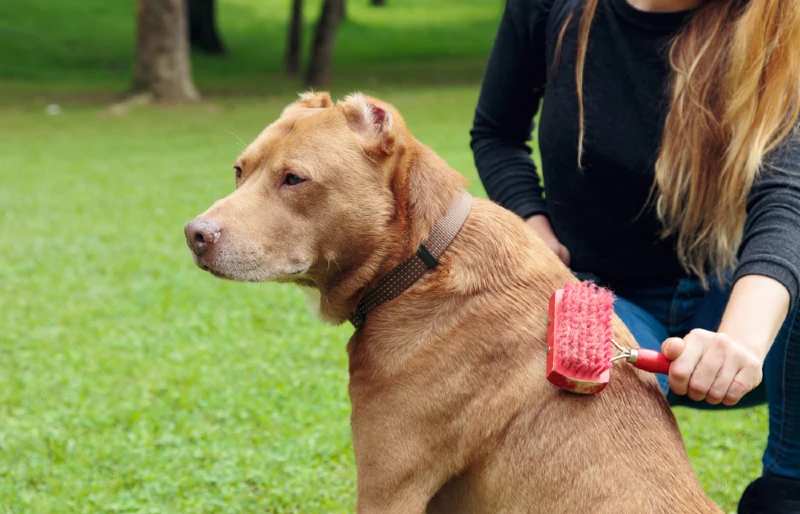
3. Cleaning Your Dog’s Ears
Cleaning your dog’s ears is essential to maintain their hygiene and health. Dogs with floppy ears or those that spend a lot of time outdoors are more prone to ear infections.
Some breeds require more ear cleaning than others, but it is generally recommended to clean your dog’s ears once a week. Use a cotton ball or a soft cloth and a gentle ear cleaner to clean your dog’s ears. Be careful not to insert anything into the ear canal, as this can cause damage and pain.
When taking your dog to the vet for routine check-ups, it’s best to have your dog’s ears professionally cleaned while you’re there!
4. Dog Paw and Nail Maintenance
Keeping your dog’s nails trimmed is crucial for their health and hygiene. Overgrown nails can cause discomfort and pain to your dog while walking or running. It can also lead to joint and bone problems in the long run.
Note that active dogs can naturally have their nails worn down through constant walking against rough surfaces. Dogs that spend a lot of time outdoors may require less nail clipping than indoor dogs, but nevertheless it’s important to keep their nails properly trimmed. Always use a sharp nail clipper designed for dogs, and be careful not to cut the quick, which is the pink part of the nail that contains blood vessels.
Remember, dogs use their paws every day to explore their environment, so it’s important to inspect and keep their paws clean after an outdoor walk. This helps prevent any injuries and maintain proper paw health to keep your dog comfortable and happy.
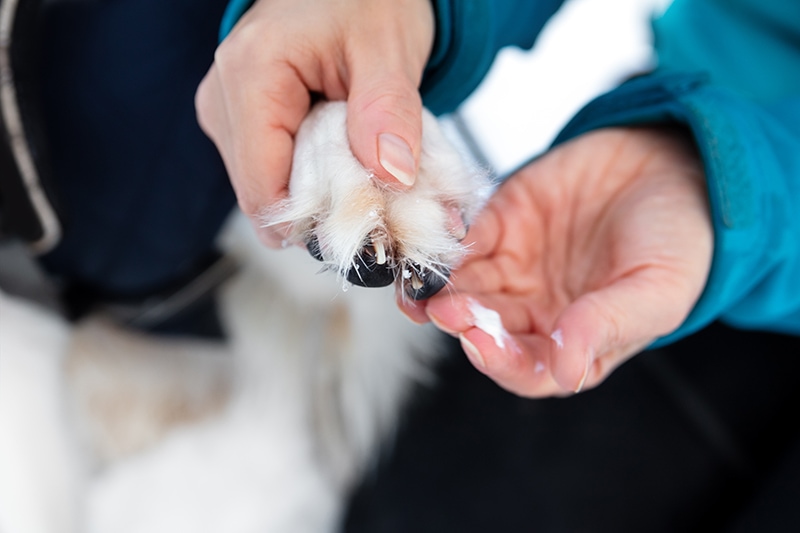
5. Dental Hygiene
Dental hygiene is crucial for your dog’s overall health and hygiene. Poor dental hygiene can lead to gum disease, tooth decay, and bad breath.
Dogs that eat wet food or have a history of dental problems may need more frequent dental cleaning. As human toothpaste can be harmful to dogs, always use a high-quality dog toothbrush and toothpaste.
To make dental hygiene a habit, start by introducing your dog to toothbrushing gradually at a young age and reward them with treats to make it a positive experience.
Conclusion
Dogs are not dirty animals, and with proper hygiene, they can be kept clean and healthy. Regular bathing, brushing, ear cleaning, nail trimming, and dental hygiene are essential aspects of dog hygiene. It’s essential to establish a regular grooming routine and to seek veterinary care if your dog shows any signs of skin irritation, infection, or dental problems. By keeping your dog clean and healthy, you can ensure that they live a happy and comfortable life!
Featured Image Credit: Sandra Standbridge, Shutterstock

